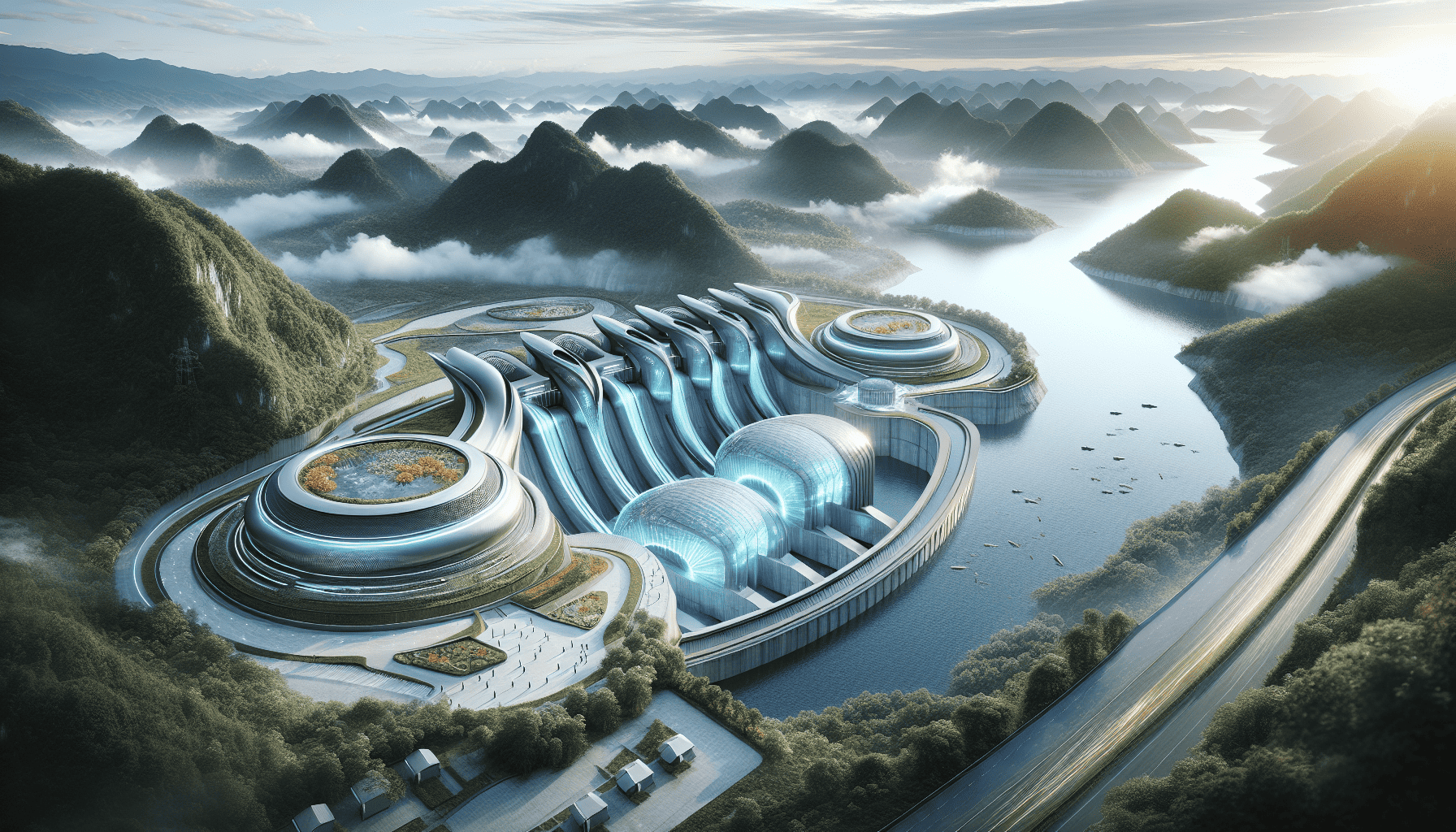In recent years, the global push for sustainable energy solutions has led to significant advancements in hydropower technology. These innovations promise not only to increase the efficiency of existing systems but also to minimize their environmental impact. Hydropower, as one of the oldest and most reliable forms of renewable energy, is getting a modern makeover to address the challenges of the 21st century.
One of the key innovations in hydropower is the development of fish-friendly turbines. Traditional hydropower plants have often been criticized for their impact on aquatic ecosystems, particularly their interference with fish migration patterns. New turbine designs aim to minimize this disruption by using blades that reduce the likelihood of harming fish, allowing them to pass safely through the turbines. This has the potential to significantly lower the ecological footprint of hydropower plants situated on migratory routes.
Another exciting advancement is the integration of variable speed technology in hydropower systems. Conventional hydropower plants often operate at a fixed speed, which can be inefficient during times of fluctuating water flow. By incorporating variable speed technology, these plants can adjust the turbine speeds more dynamically, optimizing energy production regardless of water levels. This adaptability ensures a more consistent and efficient generation of electricity, reducing waste and enhancing overall performance.
Additionally, innovations in pumped storage hydropower offer promising solutions for energy storage, a critical component in balancing electricity supply and demand. Pumped storage systems work by moving water between two reservoirs at different elevations, storing energy in the form of gravitational potential energy. New designs focus on improving the efficiency and scalability of these systems, making it possible to store more energy with less environmental impact. This is particularly important as the world increasingly relies on intermittent renewable sources like solar and wind.
Micro-hydropower systems are also gaining traction as a means to bring sustainable energy to remote or rural areas. Unlike large conventional dams, micro-hydro installations have minimal impact on the surrounding environment and can be implemented in small streams or rivers. These systems are capable of providing reliable electricity to communities that are off the grid, promoting energy independence and supporting local economic development.
Furthermore, the use of data analytics and artificial intelligence is transforming how hydropower plants are operated and maintained. Advanced monitoring systems can predict equipment failures before they occur, optimize water usage, and enhance the scheduling of maintenance activities. This not only maximizes the efficiency of power plants but also prolongs their operational lifespan, reducing the need for costly repairs and minimizing downtime.
In conclusion, the future of hydropower is bright, with a multitude of innovations paving the way for greener and more efficient energy production. By addressing both environmental and operational challenges, these technologies ensure that hydropower remains a cornerstone of the global renewable energy portfolio. As we continue to face the realities of climate change, embracing these cutting-edge developments will be crucial in our journey towards a more sustainable and resilient energy future.
